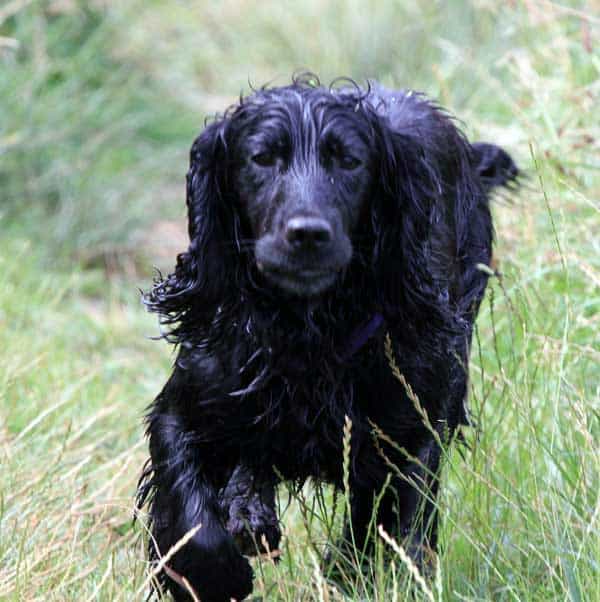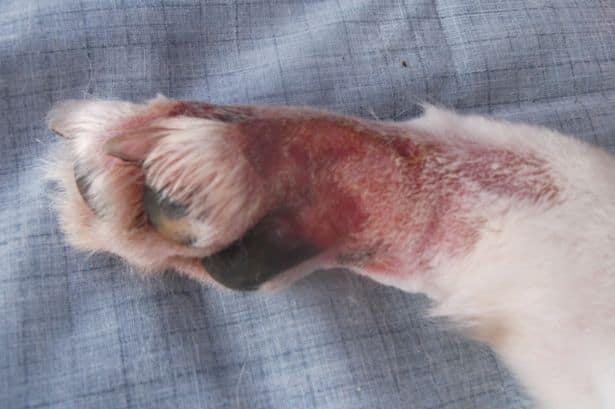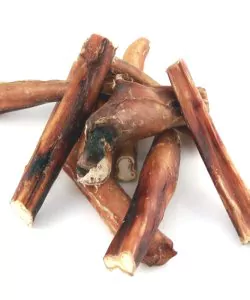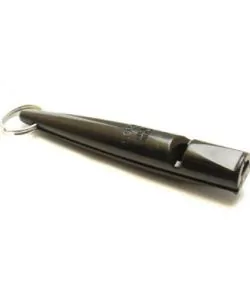Alabama Rot in Dogs Truth or Fiction
Alabama Rot in Dogs. The Truth Not The Fiction

Fear Based Stories: It’s that time of year again, one day of hot weather and people start flooding to the countryside.
Many of us have dogs and suddenly the papers are filled with fear stories about the dreaded flesh munching disease, dramatically named Alabama Rot.
Would it surprise you to know there has never been one proven case of Alabama Rot in the UK? So how and why did this “fake news begin”?
Alabama Rot: These stories started from one source in the UK, and that was a veterinary group called Anderson Moores Vet Clinic based near Winchester in Hampshire.
They wrote a paper explaining that though they called it Alabama Rot, it is not actually the same disease that was first seen in surprise surprise, Alabama in the USA.
It appeared there in the late 1980s and only appeared to affect greyhounds. The cause of that was apparently a reaction to toxins produced by bacteria, possibly a mutated strain of E. coli.
However recent suggestions have been put forward that Alabama Rot could be caused by the food they feed racing greyhounds in the USA. It is called 4-D meat and gets its name from diseased, dying, disabled and dead livestock, deemed unfit for human consumption.
Possible Cure Breakthrough: By using therapeutic plasma exchange (TPE) or “plasmapheresis” to filter all the patient’s blood, toxic substances are removed and, once filtered, the blood is returned to the patient. This procedure was used on six dogs suffering from the symptoms of Alabama rot, with two of the dogs going on to make a full recovery.
Development of the treatment was made possible by the discovery of the similarities between Alabama rot in dogs and thrombotic microangiopathy in humans, which is also treated with plasma exchange.
Stefano Cortellini, an author of the study, and lecturer in emergency and critical care at the RVC, said: “Despite the fact only a third of dogs treated with TPE recovered from their disease, this is the first time dogs so severely affected by CRGV have been reported to survive, so we remain optimistic that TPE may play an important role in the treatment of this deadly disease.”
When Is It Prevalent?: This disease is not a palpable risk in the summer months. The times when nearly every case has been diagnosed is between November and May. Therefore, it appears to have a seasonal element to this disease. Records show that up to the 16th of May last year they were 55 cases (93%) recorded in this winter-spring period, as opposed to only 4 cases (7%) between June and early November. Please remember all these cases and records are over a five year period. Therefore there are about 10 cases a year
CRGV: What we are seeing in the UK is something with similar symptoms called CRGV which stands for Idiopathic cutaneous and renal glomerular vasculopathy. Idiopathic simply means “of unknown cause” We have no idea what the trigger is, though a well-respected writer and author (1) Dr Conor Brady, believes CRGV could be related to bacteria, though it could also be affected by food, drugs or plants.
Dr Conor’s doctorate was on the effects of nutrition on the behaviour and gut morphology of animals. Something I have also researched and written numerous articles about. He also states that his studies and research has made him come to the conclusion that “the pet food and drug industry cares not a jot for the health of your pets” I could not fault that statement.
Though I generally agree with him. I believe he has overlooked one of the main triggers for CRGV is that it normally affects dogs with immune systems that are malfunctioning, Over-vaccination and in particular core vaccines that include distemper and parvovirus given together, are known to cause the immune system to fail, especially if they are administered annually. This has been known since 1989 when this research was completed. (3) Effects of Canine Vaccines on the Immune System. I apologise that it is couched in medical terminology, but you will get the gist of it.
There are other reasons why the immune system fails. Poor quality dog food causing system malnutrition is probably the second biggest trigger and old age the third. Read this for more information. (4) Top Vet Explains Problems With Food Over Vaccination and Poor Diet
If you want more information on what foods are good for your dogs then read this. (5) Dog Food and Behaviour and a great overview of how over vaccinations are destroying our dogs then read this (6) Dangers of Annual Dog Vaccinations

UK’s First Cases: The first case of CRGV in the UK was seen in 2012.
Since then and right up to April 3rd, 2017 there have been 109 suspected cases including early 2018
Hardly the epidemic we are led to believe. There are 8.5 million dogs in the UK at the last count.
That is about 18 cases a year. It really does not deserve the hype? Nor the level of concern engendered by these hysterical headlines.
Just in case you are incredibly unlucky and your dog contracts this very rare disease, it is worth me mentioning the symptoms.
It can start with noticeable swelling, or a patch of red skin, or the development of small ulcerations, which can be on the face, tongue, stomach or back legs.
It can look something like small wounds, stings or insect bites. These can be caused by tiny blood clots in the blood vessels. Other symptoms can include lethargy, vomiting and loss of appetite. If not treated within 4 days there is a possibility of death.
Treatment: If caught early it can be treated, though if not caught early then treatment is only successful in 20% of the cases. The blood clots can cause blockages which can lead to renal failure and cell damage causing ulceration and possibly death. It can affect any age or sex and any breed.
Conclusion: We know CRGV exists but unlike Alabama Rot we do not as yet understand the cause or the triggers for this disease. What we do know is it is very rare, only an average of 19 cases a year. We need to be aware of it and the symptoms, What I do believe is that we should not be terrified of walking our dogs. That would be a travesty, given that you have about the same chance of your dog contracting CRGV than you have of winning a major prize on the lottery.
This is not the only scare stories where either mortality or the chance of catching and dying of certain diseases is blown out of all proportions. Like Dr Conor, I believe The Lepto scare stories fall into this deception. I will be writing an article on this very subject shortly.
Perhaps the people who are creating these false news stories are gaining financially from the reaction it causes. Could it be drug companies, vets, or blood testing services? Who knows? Certainly, these reports cause alarm and worry to many dog owners. We rush to the vets for every scrape or knock that causes a mark. Hopefully, this article will allay some of your fears.
© Stan Rawlinson
Wednesday, 19 April 2017
Updated December 2018
(1) Dr Conor Brady,
(2) Possible Cure Breakthrough
(3) Effects of Canine Vaccines on the Immune System
(4) Top Vets Explains Problems With Food Overv Vaccination and Poor Diet












Comments (3)
Alabama Rot
Could not a agree more. My more than sensible niece, who unfortunately spends an enormous amount of time on FBook, is becoming paranoid. The extract below is what I sent her a couple of weeks ago, which in essence is similar, altho not as good, as your post. It was in response to a link I was sent so may appear a little disjointed.
Keep up the good work.
Cheers
H
First of all what we have in the UK is not AR. The symptoms are similar but it’s actually CRGV. AR only affected greyhounds in the USA and not all of them died. E-coli is linked to AR. There is no link between CRGV and E-coli. Death rate at about 80% is much higher from CRGV.
Some lady vet back in January thinks it might be the same bug found in brackish/still water that attacks fish but not heard any more about it.
1) The numbers are miniscule in UK dog ownership terms. There are 8.5 million dogs in the UK and I wld guess about 30 to 50 % get exposed to mud. Round up the UK incidents since 2012 to 200 and divide by say 4.25mill. The result is way less than 1%.
2) Is there any link between the boatload of chemicals that vets prescribe? And why is there no mention of it occurring in other countries.
3) Most of the incidents are in the south of England, which cld be due to the greater number of dogs or environmental influences. There have only been two incidents up here and none in Scotland (I think).
4) Dogs like to roam free and Addie loves it, and from a selfish perspective I like wandering around amongst the green stuff.
5) Dogs eat and chew any crap they can get in their gob and often not in sight of the owners. Addie is like a vacuum cleaner in both paved and non-paved areas.
6) Addie is dried off with wipes and a towelled every time we have been out – that has nothing at all to do with health hygiene – more to do with Mag the Nag giving me a hard time. And I hasten to add is the woman I love and offers naught but positive criticism and supportive encouragement and guidance with her attempts to modify my slovenly behaviour.
However, it is on the rise and needs to be watched but at this stage I have no intent of curtailing my current mission of achieving a stroke or a heart attack while clambering up slimy hills with ma wee dug. I will nonetheless continue to keep her out of non-running water and maintain my perusal of the scare mongering media that we so love and admire.
Bad water disease
See this site for info on research by a specialist fish vet on this matter https://www.vettimes.co.uk/news/specialist-vet-studies-bacteria-cause-of-alabama-rot/
Bad Water Disease
Thank you for sharing this information. Nothing further on the matter so far but will keep my eyes and ears open for further developments.
Comments are closed.